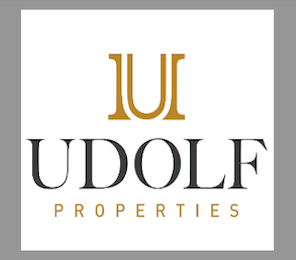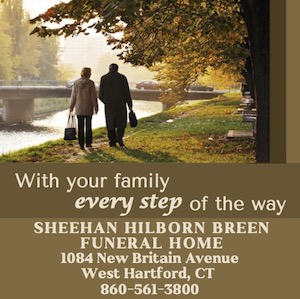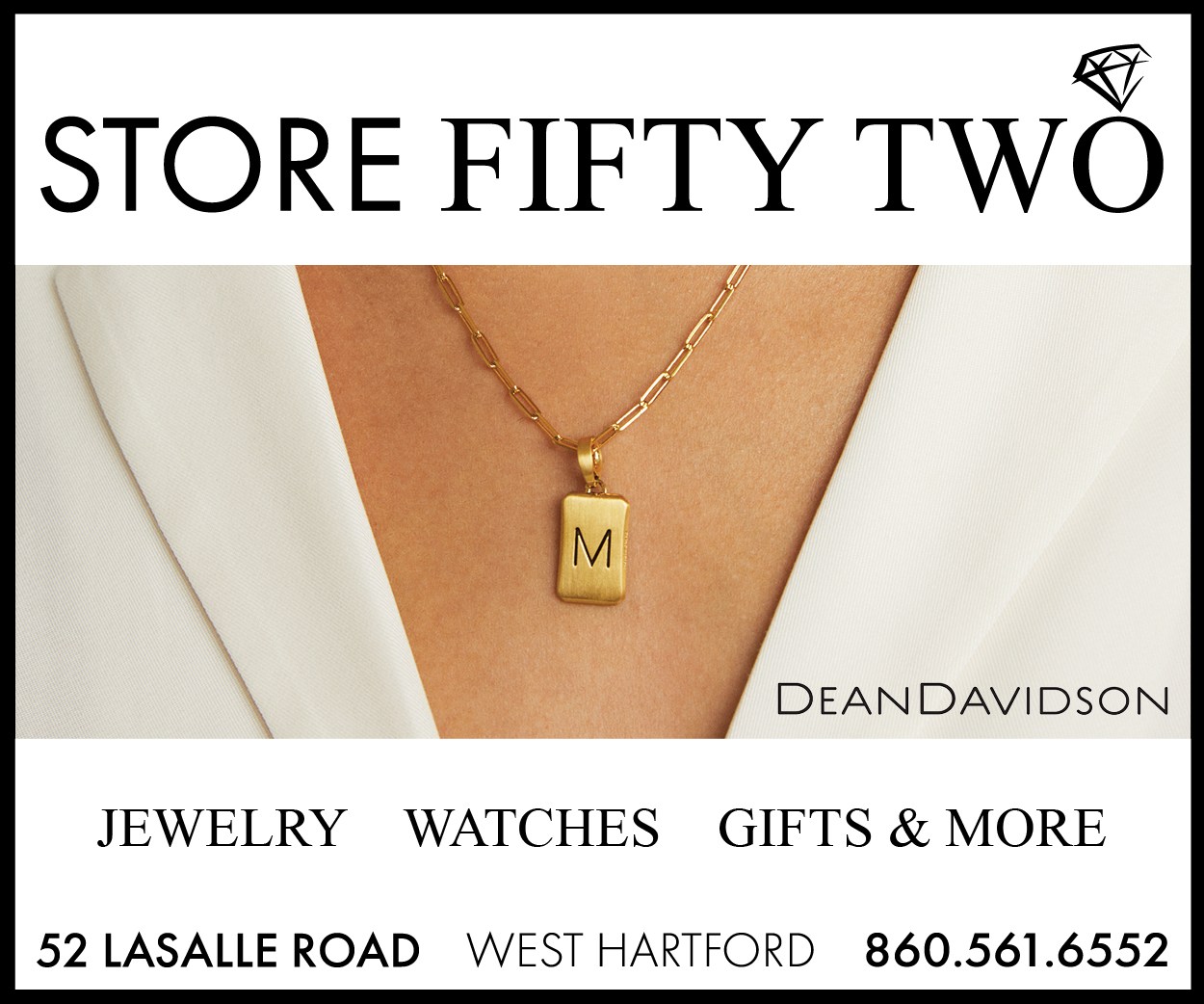
Dr. Ann Heekin
FAIRFIELD – As it does every year during the National Days of Remembrance, the Senate chambers of the Connecticut State Capitol will host a statewide Holocaust commemoration on Friday, May 6 at 11 a.m. Organized by the Jewish Federation Association of Connecticut (JFACT), the program is led this year by the Jewish Federation of Greater New Haven.
Dr. Ann Morrow Heekin of Sacred Heart University in Fairfield will present the keynote address, based on the theme designated by the United States Holocaust Memorial Museum: “Justice and Accountability in the Face of Genocide: What Have We Learned?”
Heekin is consultant to the Center for Christian-Jewish Understanding (CCJU) of Sacred Heart University. In addition to promoting new research and publication in the field, the CCJU, co-founded by Rabbi Joseph Ehrenkranz, conducts annual institutes for future religious leaders and educators to probe the historical, philosophical, and theological. Heekin also teaches in Sacred Heart’s religious studies department, including courses on the history of Christian-Jewish relations. She is an active member of the Council of Centers for Christian-Jewish Relations.
Dr. Heekin spoke with the Ledger about her work in Jewish-Christian relations, and how that dialog has progressed since the Holocaust.
How did the CCJU-ADL relationship take root?
A: In 2009, ADL brought the chief rabbi of the UK, Sir Jonathan Sacks, to the U.S. for a speaking tour. He had a new book out, ” The Dignity of Difference: How to Avoid the Clash of Civilizations,” and had become a global spokesman for healing and understanding between religions. Because ADL has a strong following in Connecticut, the regional office got an opportunity to have him speak locally. Then-director David Waren asked if we’d like to co-sponsor his talk, and we decided to host it at CCJU, because he was talking about peace among religions. Then ADL sponsored Fr. Patrick Des Bois [a French priest who has been working to locate mass graves of Jews murdered in the Former Soviet Union during World War II] at Seton Hall University in New Jersey, and I asked to co-sponsor a talk with the ADL at Sacred Heart. We worked with ADL on “Echoes and Reflections,” their Holocaust-education workshop directed at secondary-school teachers and pre-service teachers. Out of that collaboration, I was asked to go to Israel last January with the ADL and a group of 15 professors from across the country, mostly in education, to study with scholars at Yad VaShem. This made us all qualified to bring the material back to our institutions and train teachers and students training to become teachers.
Why do you think Holocaust remembrance ceremonies like the one at the Capitol on May 6 are important?
A: I recently spoke at the East Haven library about the burden of memory and the blessing of memory, also the subject of my talk on May 6. I recounted the history of Jewish-Christian dialog, trying to capture it in what I call two historical parables, true stories that demonstrate how, in the aftermath of the Shoah, that reconciliation really got going in a meaningful way. There were Christians and Jews in dialog in this country in the ’20s. But after the Shoah, which happened in what had been Christian Europe for 2,000 years, the dialog was brought to a different place with a far greater sense of urgency by those Christians and Jews who wanted to use the experience as a stepping-off point for a different future for the two traditions.
There’s a compelling true story about Jules Isaac, a French-Jewish historian who was himself a victim of the collaborationists in Vichy. His wife and child were sent to Auschwitz and he went underground and was a broken man. He goes about the work of trying to understand, and as a historian researches, how it’s possible in that period of history that something like the Shoah occurred, and how it occurred in a Europe that was Christian for so long. He concludes that the Christian teachings of contempt paved the way for the destruction. In 1948, he writes “Jesus and Israel,” a book in which he lays out 21 arguments against the teachings of contempt. The most infamous was that the Jews killed the Messiah, and from that spun off all kinds of prejudices and actions against Jews.
Isaac goes into the New Testament and comes up with a defense of why Christianity, based on the New Testament writings, was anti-Christian, looking at the Jewish identity of Jesus, for example. He gets himself a meeting with Pope John XXIII, who was about to call the Second Vatican Council into existence. These two men meet for 30 minutes and Isaac tries to convince the Pope of the argument he lays out in “Jesus and Israel.” He asks, “Couldn’t the head of the church show Christians the true path? Couldn’t you bring this to the people, if you agree that this is the truth of your faith’s teachings?” The Pope agrees that this needs to be done and gives Isaac his promise. The meeting is seen as the 30 minutes that changed or challenged 2,000 years. The Second Vatican Council addressed Christian anti-Semitism, dealt with in “Nostra Aetate,” [“Declaration of the Relation of the Church with Non-Christian Religions”], a document which denounces all forms of anti-Semitism and the charge of deicide, and affirms the Jewish origins of Christianity.
You have to ask whether that could have happened before the Shoah. So there is the burden of the Holocaust but there are also blessings like that type of meeting to happen, and for Christianity to begin to deal with its history.
When you speak on May 6, how will you explore the designated theme of the commemoration?
A: I will address the “burden and blessing” of the Holocaust, looking at it from two perspectives: What have we learned within the context of Jewish-Christian understanding, and the broader question, what have we learned as a world community?
I will first talk about the Christian-Jewish piece – Jules Isaac and Pope John XXIII; Pope John Paul II, who brought us to another place in terms of repairing the relationship, and called the church to its knees and to repentance, and that was officially done in his 1998 address, “We Remember: A Reflection on the Shoah.”
Two years ago, Prof. Susannah Heschel discussed the post-Holocaust theology of forgiveness at our seminarian program, and we got into this conversation about Christians and Jews. The question came up, and it’s a Christian question: When will we know if we’re forgiven? I don’t know that there’s an answer to that question. In terms of our work together, Christians are living out that question and Jews will live out that response. Each time we build trust, each time we come together for acts of tikkun, we’re living that out. The Jewish teaching that Christians respect, in terms of the lives that have been lost, is that we can’t seek that forgiveness from those individuals because they’re gone, so it’s future generations working to create a different life together, which is the closest we’ll ever come to the real issue of forgiveness.
The last thing I talk about, which I see so clearly with my students, is the understanding of the culpability of the bystander, and that is absolutely an awareness that we can see coming out of the Holocaust, and a reality in the post-Holocaust world: it’s no longer acceptable to be morally neutral in a situation where people are being threatened or where there’s a loss of life. The old response, “What could I have done?” no longer is acceptable and there’s a growing sense that I am responsible for the other. If there’s someone suffering, regardless of whether I helped create the suffering, I am responsible to help. Am I my brother’s keeper? The answer has always been “yes.” My students are real beneficiaries in the evolution of that sensibility. They are learning that one cannot stand by in situations of suffering without sharing the guilt of the bystander.
I tell my students the starfish midrash: A boy was picking up starfish stranded by the retreating tide and throwing them back into the sea to save them. A man approached the boy and said, “This beach goes on for miles, and there are thousands of starfish. You’ll never get them all back in. Your efforts don’t make a difference!” The boy looked at the starfish in his hand and threw it into the water. He said, “It makes a difference to this one.”
There’s one more story that I use in my teachings, a recounting of a remark by Martin Buber addressing a Catholic theological group. He tells the story about the difference between Jews and Catholics: “We both believe in the coming of the Messiah – you believe he came once and is coming back; we Jews believe that he hasn’t come yet but that he will come. In other words, we’re waiting – so let us wait together. And when he will come, we’re going to ask him, ‘Have you been here before?’ I hope I will be close enough to whisper in his ear, ‘Please do not answer.’”
We have this second opportunity to be a blessing to each other. This relationship and the ongoing reconciliation can be what some scholars have called the Sacrament of Otherness. It can be a model for all other groups who are antagonistic toward each other. It can be a paradigm of healing where groups are unable to coexist. The goal is to find peace. I may have my truth; you may have yours, and we’re entitled to our truths, but we’re obligated to find a way to live together, and beyond tolerance, to enrich each other’s lives and traditions.
Statewide Holocaust Commemoration Day will be held Friday, May 6, 11 a.m., in the Senate chambers of the State Capitol. For information: www.jfact.org, or (860) 727-5771








 Southern New England Jewish Ledger
Southern New England Jewish Ledger








